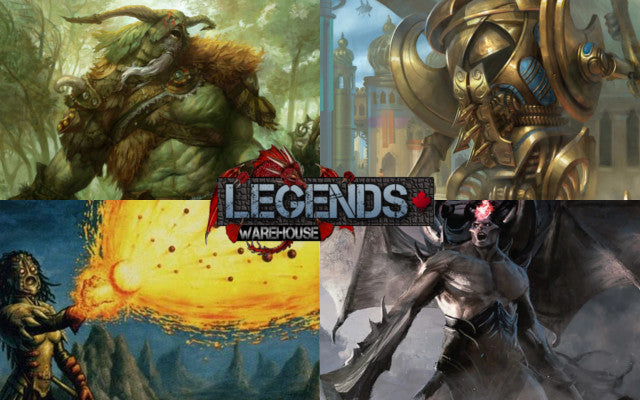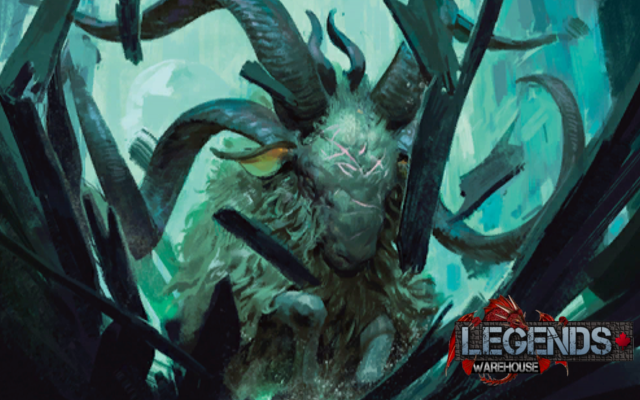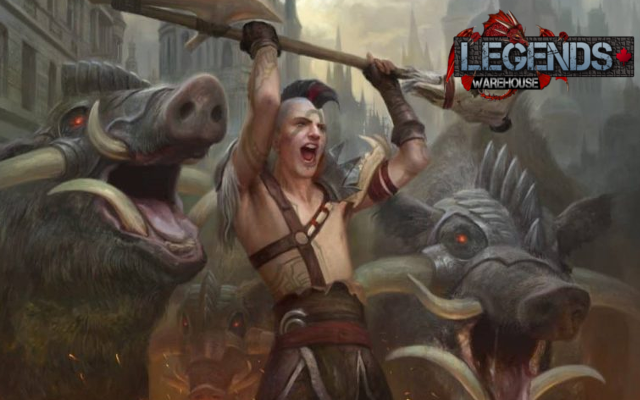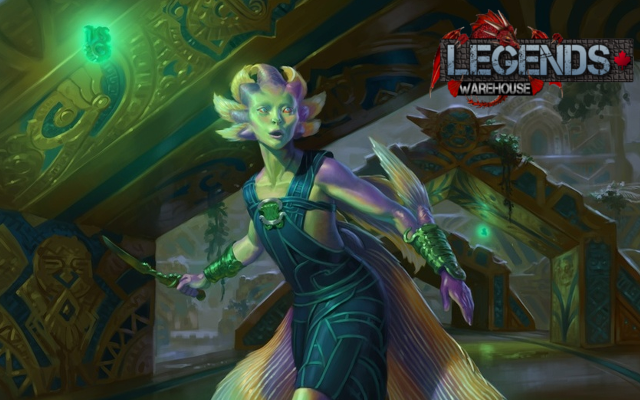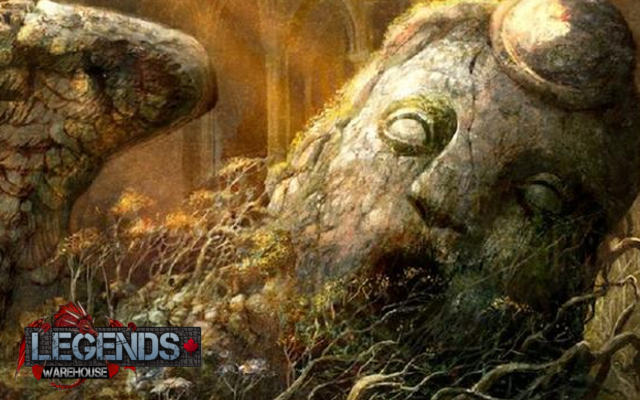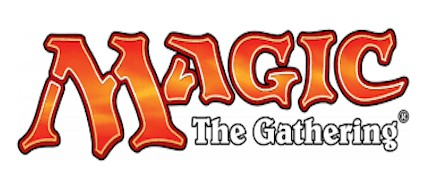What to Expect at GP Toronto: Combo Edition
- Legends Warehouse News
- 07 Feb, 2018
Battling combo decks in Modern can be something of an enigma. There are some truly fast and persistent combinations of cards that win the game on the spot, and without something like Force of Will to police the format, defeating them really boils down to familiarity and interaction. Because so many of these decks can just win out of nowhere, it’s no wonder why they see as much play as they do, and with enough practice they can be deadly in the right hands.

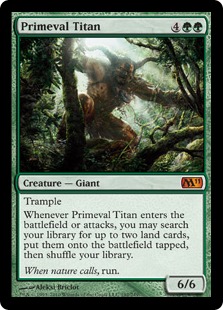
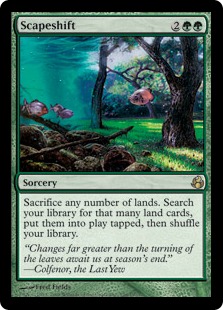
Valakut is one of the most popular combo decks in Modern right now because it does one thing very well: turn land drops into Lightning Bolt. By using Valakut, the Molten Pinnacle and a deck full of ramp spells, each Mountain, Stomping Ground, and Cinder Glade they play turns into a chunk of your life total going up in flames. This deck has land ramp all along the curve, from Search for Tomorrow and Sakura-Tribe Elder in the early game to Hour of Promise and 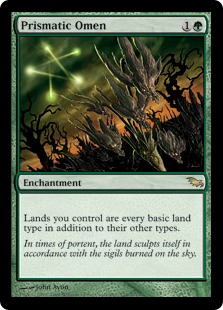 Primeval Titan to close out the game. For consistency, Valakut decks often include Summoner’s Pact to tutor up Primeval Titan, effectively turning four copies your game-ending creature into eight.
Primeval Titan to close out the game. For consistency, Valakut decks often include Summoner’s Pact to tutor up Primeval Titan, effectively turning four copies your game-ending creature into eight.
Furthermore, these decks often run Scapeshift to deal lethal damage all in one go by putting a Valakut and several Mountains in play at the same time, so they all see each other entering and stack multiple Valakut triggers on top of each other for a lethal amount. This route only requires seven lands in play to deal 18 damage (Valakut plus six Mountains), and eight lands to deal a whopping 36 damage at once. As well, some builds even include Prismatic Omen to make Valakut itself a Mountain. This allows them to Scapeshift with only six lands in play, tutor out four Valakuts and two lands, and each Valakut will see everything entering and deal 18 damage each for a massive 72 damage!
Fortunately, Valakut isn’t without its weaknesses. The combination of land destruction and Surgical Extraction is at its best here since you can strip away all the copies of Valakut’s eponymous card. After that, the Valakut player’s only option for winning is through attacking with Primeval Titan, so you just have to kill those and you win. In a similar vein, an unanswered Blood Moon is a terrific way to shut down Valakut since it won’t be able to trigger when lands enter the battlefield. However, it’s worth noting that most Valakut decks pack cards like Reclamation Sage they can find with Summoner’s Pact to destroy artifacts and enchantments. This is because Leyline of Sanctity is another card that can shut off Valakut as a win condition, so they always run outs to these powerful hosers. My other recommendation for stopping Valakut is to out tempo them. By interacting with their early ramp, you can slow them down long enough to get your own game plan going. By either discarding our countering their early ramp, you force them into playing one land a turn which turns a potential turn 3 Primeval Titan into a turn 6 play, the way Richard Garfield intended.
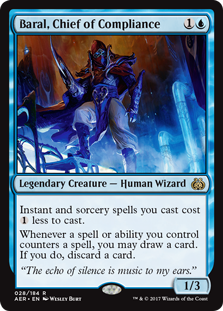

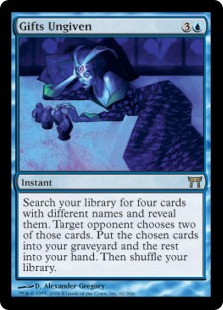
From dealing damage with a glut of lands to dealing damage with a flurry of spells, we have UR Storm. This archetype has been beaten with the banhammer so many times over the years it’s ridiculous, but it keeps bouncing back. Recently, this resurgence was due to the added redundancy of Baral, Chief of Compliance and Goblin Electromancer to reduce the cost of your spells and make it much easier to chain them together. Through a combination of rituals, cantrips, and Past in Flames to cast them all over again, Storm aims to end the 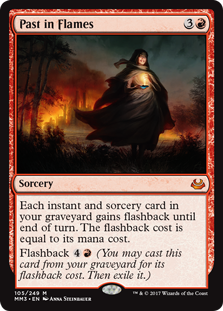 game with a lethal number of Grapeshot copies or, barring that, Empty the Warrens tokens.
game with a lethal number of Grapeshot copies or, barring that, Empty the Warrens tokens.
What makes this deck so threatening is that it’s just a pile of purely redundant effects, so even if you disrupt some of it, they can just dig out another copy and keep going. You stopped a Baral with Fatal Push? Cool, here’s Goblin Electromancer. They discarded Pyretic Ritual to your Liliana of the Veil? They already have Desperate Ritual in their hand. This resiliency to disruption through effectively running eight copies of each effect makes it incredibly difficult to stop. As well, barring something like maindeck Scavenging Ooze or Relic of Progenitus, there aren’t a lot of ways to interact with graveyards game 1, so relying on discard to stop Storm can end up burning you should they find Past in Flames.
The easiest way to fight Storm is through varied disruption effects. Stacking discard effects and graveyard hate make it incredibly difficult to get their combo chains started. From there you just have to set up a clock on their life total and you should win rather quickly. Death’s Shadow decks are notoriously good at this due to their multiple discard spells and countermagic coupled with sideboard Nihil Spellbomb. Alternatively, keeping them off of an enabling creature can slow them down since they can’t net nearly as much mana as they could with one in play. This increases their margin for fizzling considerably since they don’t have as much mana to work with, so it becomes fairly likely they’ll come up just short of going off.
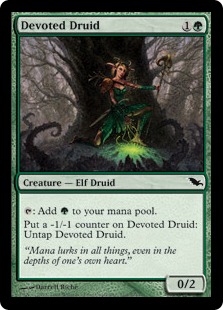
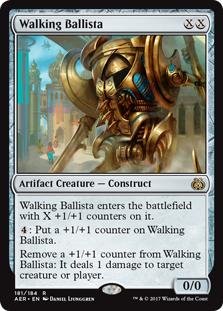
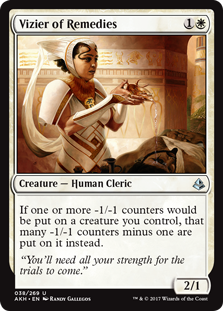
The third most common combo deck in Modern right now is Counters Company or “Creature Toolbox”, an archetype designed around tutoring up certain creatures, typically Devoted Druid and Vizier of Remedies, and winning on the spot. This deck is designed to go infinite, and since they have so many tutors between Collected Company and Chord of Calling, they can often run multiple combos in the same deck. While they typically win by making infinite mana with the aforementioned combo then dumping the mana into Walking Ballista or Rhonas the Indomitable, they can also combine Viscera Seer, Vizier of 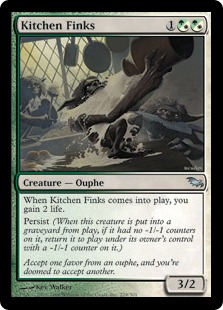 Remedies, and either Kitchen Finks or Murderous Redcap to go off by sacrificing the persist creature an infinite number of times and getting infinite triggers. What makes this so powerful is the sheer versatility of the deck as it can tutor up powerful 1-of creatures at will to help with most scenarios.
Remedies, and either Kitchen Finks or Murderous Redcap to go off by sacrificing the persist creature an infinite number of times and getting infinite triggers. What makes this so powerful is the sheer versatility of the deck as it can tutor up powerful 1-of creatures at will to help with most scenarios.
Where this deck tends to fail is when faced with board wipes and decks that can go faster or bigger than it. Anger of the Gods is one of the best answers to this deck since it exiles rather than destroys, so Voice of Resurgence and Kitchen Finks won’t trigger and they can’t bring back a combo piece with Eternal Witness, but other board wipes like Supreme Verdict and Damnation are also fine barring Selfless Spirit. Because the deck has virtually no interaction, an aggro deck with a bit of creature removal like Affinity or Eldrazi can usually punch through it before they can get their combo online. So much of these Toolbox decks relies on having a combo piece in play, but they don’t do much by themselves, so a clock and destroying even one or two of their creatures can often put away a game. As well, Tron decks tend to do very well against Toolbox decks because they go over the top of them so quickly. Having an Ugin, the Spirit Dragon in play on turn 4 is usually a death sentence since it exiles their board right away, and Tron can even win through infinite life by exiling their deck with Ulamog, the Ceaseless Hunger. This forces them to go all in on the infinite mana plan, and even that can be stopped with a well-timed Pithing Needle, Warping Wail, Spatial Distortion or Dismember.
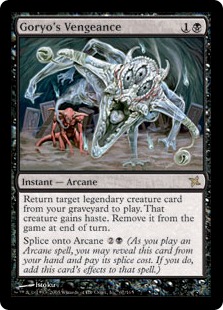

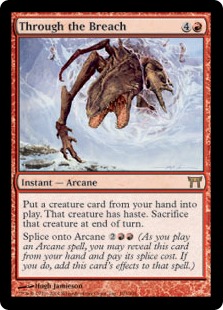
The next combo deck I’d like to talk about is Grishoalbrand, an archetype designed to combo off with Griselbrand and Goryo’s Vengeance as early as turn 2. This is the closest to a Legacy combo deck as Modern will allow, and without the right disruption in the first few turns it can often go off before you’ve done anything at all. Grishoalbrand wins by discarding a Griselbrand into the graveyard with Faithless Looting or Cathartic Reunion, reanimating it with Goryo’s Vengeance, then drawing their deck seven cards at a time. By pitching Worldspine Wurm to Nourishing Shoal, they can gain enough life to activate Griselbrand over and over until they have multiple Simian Spirit Guide and rituals to repeat the process and cheat out Borborygmos Enraged. From there they discard lands with Borborygmos Enraged to deal three damage to the opponent 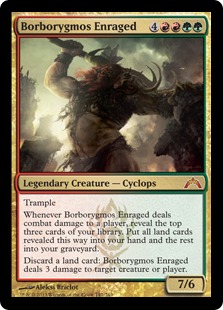 for each land discarded. Since they’ve drawn their deck, they should have more than enough lands to pull this off. This deck is especially scary when you realize that since Goryo’s Vengeance is an instant, they can do all this pretty much whenever they want. Mid-combat? Your end step? Your upkeep? You can lose at a moment’s notice.
for each land discarded. Since they’ve drawn their deck, they should have more than enough lands to pull this off. This deck is especially scary when you realize that since Goryo’s Vengeance is an instant, they can do all this pretty much whenever they want. Mid-combat? Your end step? Your upkeep? You can lose at a moment’s notice.
The deck also has Through the Breach to help go off through graveyard hate, so there’s an added level of instant-speed redundancy that makes it even harder to interact with. As well, using Through the Breach to cheat out a Worldspine Wurm is often a legitimate plan B should they not be able to combo off, and since Through the Breach sacrifices the creature at the end step, they’ll get a trio of 5/5 wurm tokens to finish the job the following turn. On top of all this, trying to race the deck with aggro can be problematic since they can gain entire chunks of life at instant-speed with Nourishing Shoal so you’re already at a major disadvantage.
The best tools for fighting Grishoalbrand are countermagic, discard, and graveyard hate. Basically, you need to make them jump through as many hoops as you can and delay them comboing off for as long as possible. This is a glass cannon combo deck, and if it can’t get itself going, it can’t win, so every road block counts. Countering their Goryo’s Vengeance and Through the Breach is a must if you’re playing Blue, and making them discard these spells are a necessity if you’re in Black. Where it gets tricky is that they run plenty of discard spells themselves, so they can also rip your interaction out of your hand before they attempt to combo off. Graveyard is important for slowing down the Goryo’s Vengeance plan since it forces them to dig for a Through the Breach and wait until they have the mana to cast it. Relic of Progenitus and Nihil Spellbomb are at a premium here since they can eat the opponent’s graveyard at instant-speed as well as draw you a card. Grafdigger’s Cage does a fine job for shutting off the graveyard, but does run into the problem of not exiling anything in the event that they draw artifact removal.
as you can and delay them comboing off for as long as possible. This is a glass cannon combo deck, and if it can’t get itself going, it can’t win, so every road block counts. Countering their Goryo’s Vengeance and Through the Breach is a must if you’re playing Blue, and making them discard these spells are a necessity if you’re in Black. Where it gets tricky is that they run plenty of discard spells themselves, so they can also rip your interaction out of your hand before they attempt to combo off. Graveyard is important for slowing down the Goryo’s Vengeance plan since it forces them to dig for a Through the Breach and wait until they have the mana to cast it. Relic of Progenitus and Nihil Spellbomb are at a premium here since they can eat the opponent’s graveyard at instant-speed as well as draw you a card. Grafdigger’s Cage does a fine job for shutting off the graveyard, but does run into the problem of not exiling anything in the event that they draw artifact removal.
Modern combo decks are surprisingly resilient in the current metagame, so it stands to reason they’ll make up a decent portion of the Grand Prix. Where these decks get you is with the surprise factor, often stealing game 1 and forcing you on the backfoot for the remainder of the match. The best defense is to be aware of what you’re up against and adjust your game plans accordingly because if you go into one of these matches expecting a fair game, you’re going to get blown out rather quickly. On the other hand, these decks are also incredibly fun to play for this exact reason. Getting to tell your friends about dealing 72 with Valakut triggers or drawing your deck by turn 2 is an awesome feeling, so if you’re in the mood for playing something unfair this weekend, combo decks are right up your alley.
Looking to get some practice in before the event? Come on out to our weekly Modern events on Wednesdays and Saturdays!

